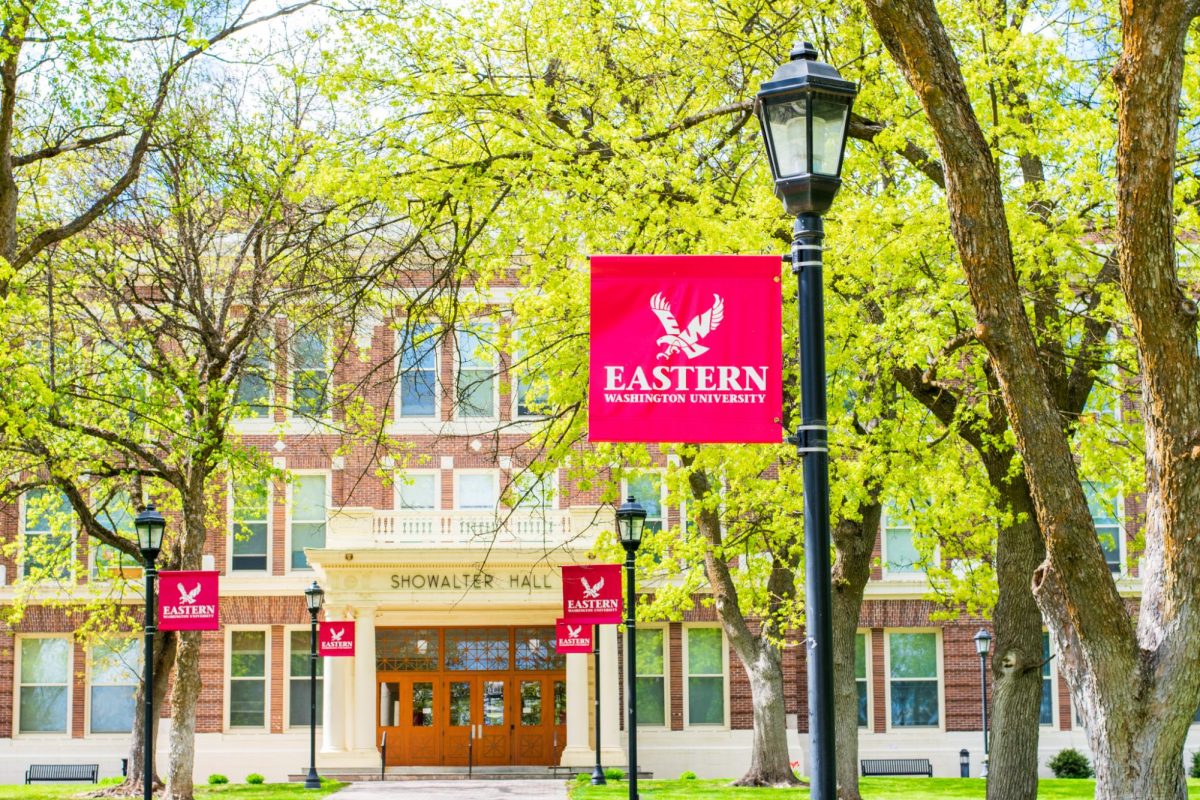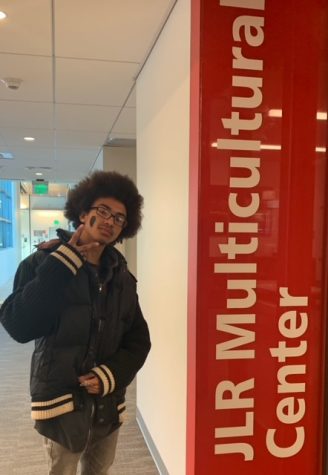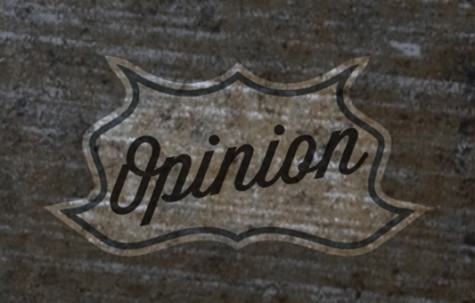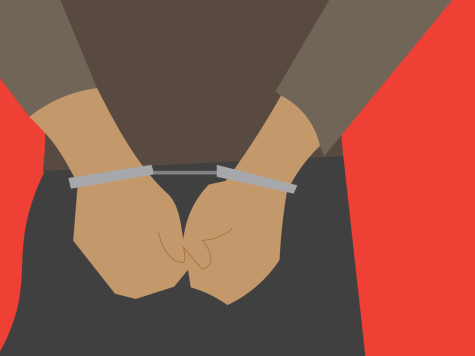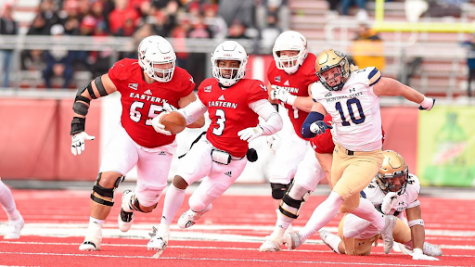Students have individual responsibility for printing needs
April 2, 2014
Printing has been a stress-inducing adventure during my years as an Eastern student.
Double-majoring in creative writing and visual communication design creates quite a few printing opportunities, which causes me to do memory exercises with regards to how much print credit is on my card and if I need to have cash that day. On a good day, I remember what page I’m on in my book. On a bad day, I vaguely remember the chapter and guess from there.
Generally, I do not carry cash because it is easier for me to swipe my debit card, but if I think there is even a remote possibility that I will need more money for print credit, I force myself to carry cash. As a result, anyone who is within earshot will get the good fortune of hearing me grouse about going over the $9 allotted to me.
I got so fed up with going over the credited amount, I started looking for the facts as to why the print credit hasn’t been raised. So many of my peers in my major have complained about going over their print credit that I assumed the university was just ignoring us by not raising the print credit. Thankfully, my sleuthing proved me wrong before I went to the printed word to ignorantly demand for more money.
Technical support services supervisor Carl Combs said deciding on how much print credit to award students is a process. He said about 10 to 12 percent of students use all or most of their print credit, while the majority of students either do not use their print credit or only print $1 or $2 worth. He stressed that the print credit budget isn’t made for every student to print the full $9, but rather cover the average student who falls in the middle. Combs assured me they compare against other universities, and said Eastern is about average when it comes to print credit.
The funds for the print credit come from a combination of funds from EagleFlex, the EWU Information Technologies Department and the technology fee. These services work together to keep the price of printing relatively cheap for students.
EagleFlex and the IT department purchase the supplies, while the technology fee mostly covers the hardware — such as computers, printers, tablets and cameras— that is available to students and their upkeep.
Print credit is a reaction to this combination of services coming together and is budgeted for each year, like every other service on campus. It’s like the imaginary number that mathematics tries to pass off as a real thing. It’s the reason there is no rollover from quarter to quarter. It wasn’t budgeted to work that way.
Those of us who fall to the extremes of using all of our print credit are the exception and not the rule for how they create the budget. Combs said if every student used all of their print credit, it would break the bank but would indicate a problem in the system if everyone was reaching their print limit.
Now you may be wondering if the $9 doesn’t necessarily exist, why have a print credit at all, why not make it free?
If the university made all printing free, Combs warns that students would not responsibly print. Rather, students would print projects and papers before they were perfect. Depending on how much time a student wants to waste on printing a project or paper, hundreds of inked-up pages would begin to populate the recycling bins.
Rather, this cap of $9 makes students think about what they are printing and how close to perfect their project really is. There is an added benefit, as students learn tricks on how to save money, like duplexing, or printing on both sides, a 20-page paper if the instructor allows.
Being one of the extreme students, who on average has to supplement my print credit with EagleFlex, printing has made me rather good at finding friends to share the print cost, especially those who don’t print a lot.
If a print doesn’t come out as well as it should, Combs said to talk to a lab technician. They will most likely help with printing by crediting the next print job or cover the cost completely. Combs said the labs are pretty liberal towards customer service, as he wants to help the students.
He does warn to check the price for a print job to make sure it is correct before sending it through the system. If you think something is off, ask. Like all technology, there are glitches and the software may mess up and try to charge you more. By telling one of the lab techs and warning them of the possible glitch will help you and other students save and not be robbed of your hard-earned, imaginary print credit.
Plus, the university is looking into getting an online payment system for EagleFlex, according to LeeAnn Case, associate vice president of business and auxiliary. This will mean that you won’t have to keep cash on you or plan your printing around the business hours of the EagleFlex office. There is also the added benefit of being able to check your balance without having to leave your comfy bed through the soon-to-be-new software.
There are options for printing, and students should take advantage of them. Though if you are unsure, never stay quiet, ask and be heard. Those nice people employed with the IT department are listening and will take student suggestions for more print credit into consideration. However, students do need to remember there is a lot that goes into deciding on the budget for print credit, from supplies to hardware — even if it would be great to lay in a pile of freshly inked paper.







